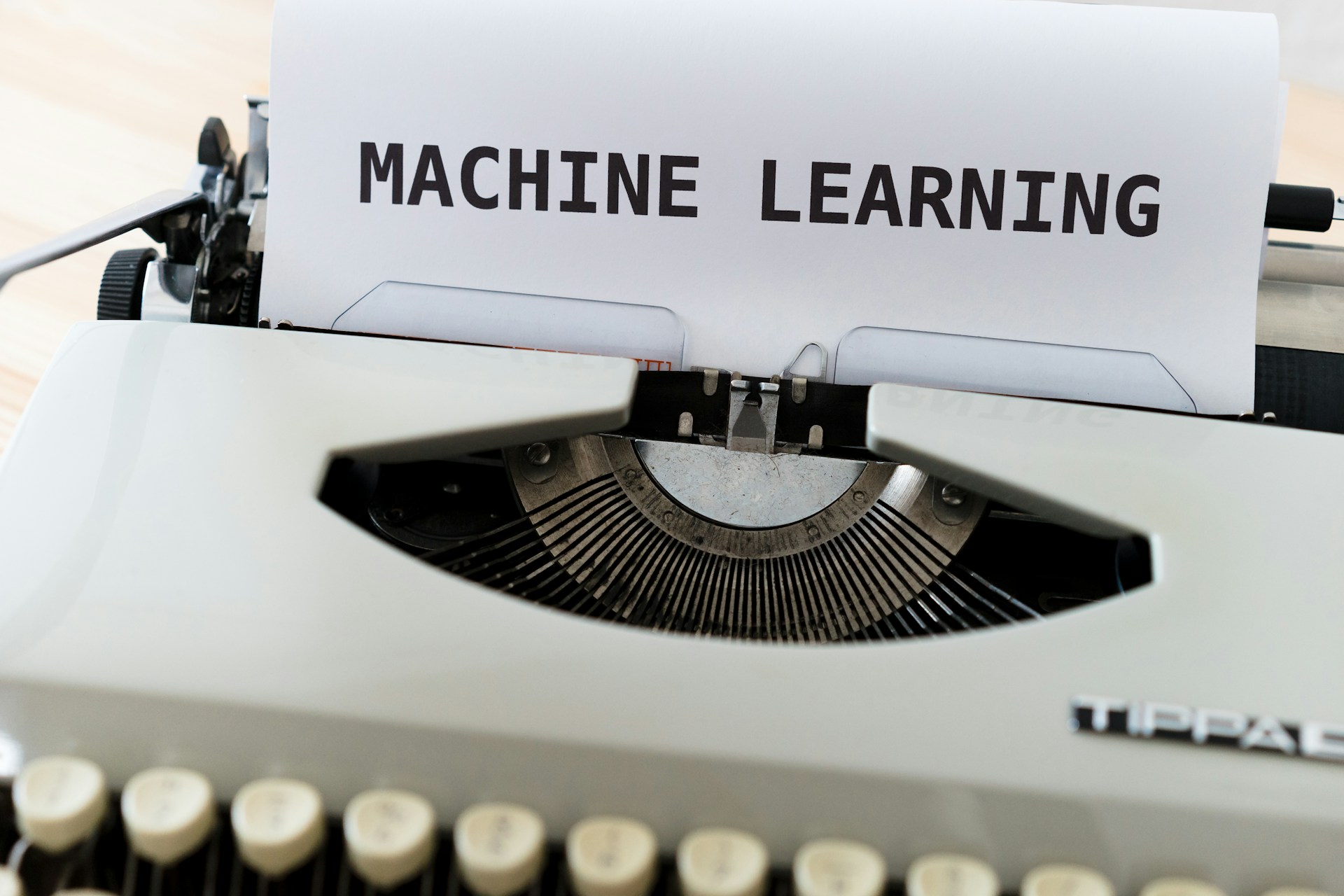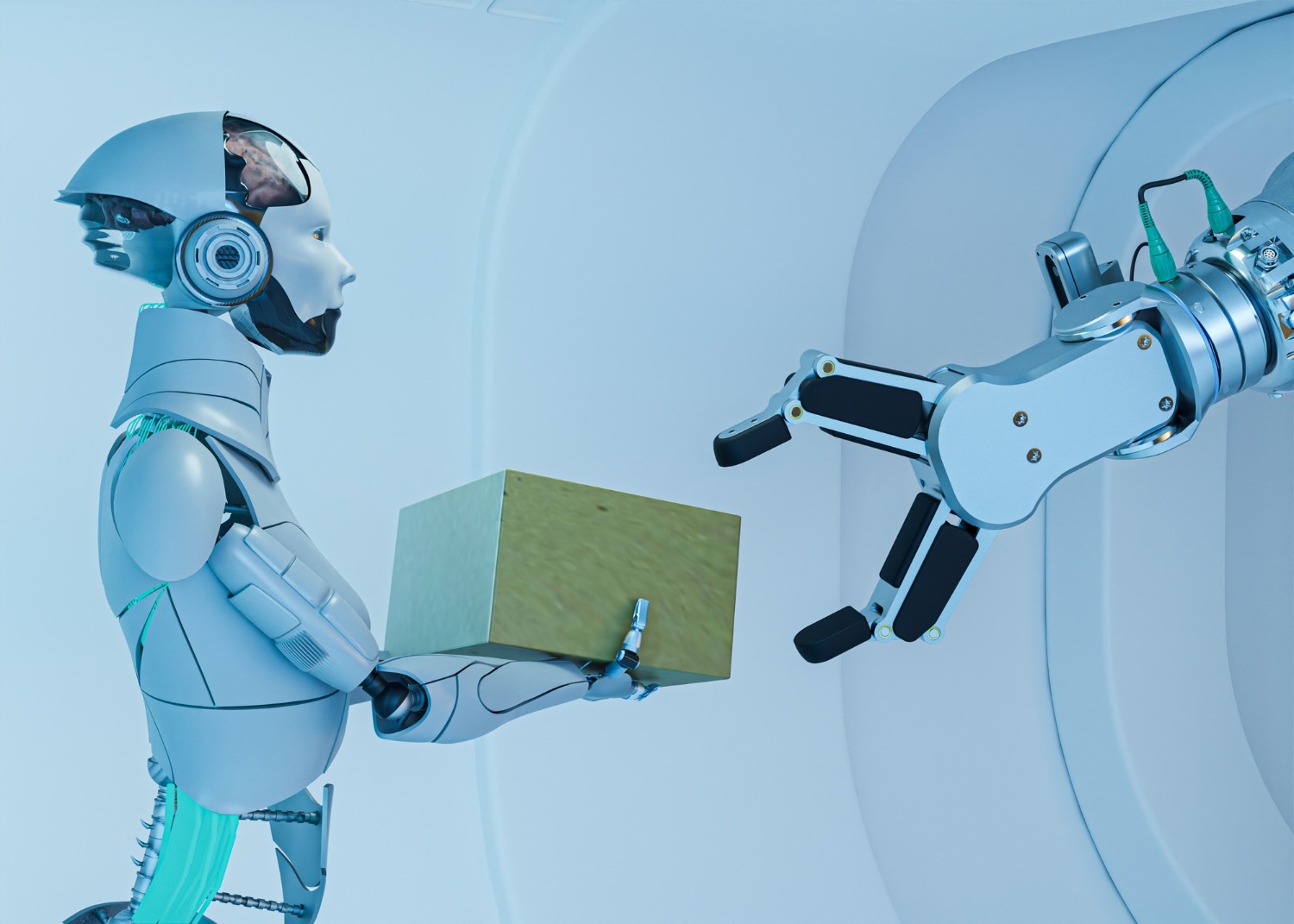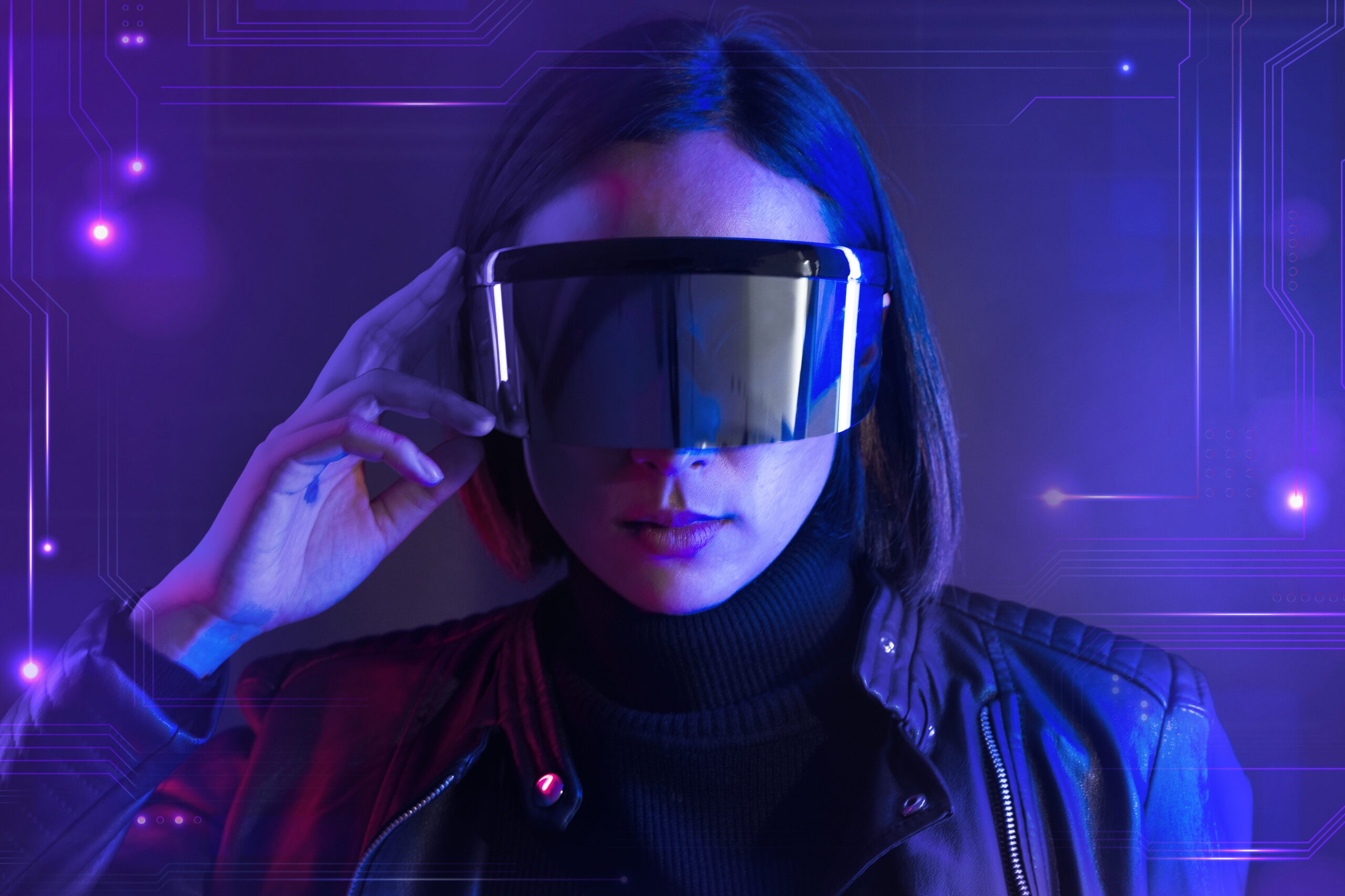AI Agents: How They Work, Types, Benefits, and Risks
Artificial Intelligence (AI) has become a cornerstone of modern technology, and at the heart of many AI systems are AI agents. These intelligent entities are designed to perceive their environment, make decisions, and take actions to achieve specific goals. From virtual assistants like Siri and Alexa to autonomous vehicles and advanced recommendation systems, AI agents are transforming industries and reshaping how we interact with technology. In this article, we’ll explore what AI agents are, how they work, their different types, benefits, and the risks they pose.
What Are AI Agents?
An AI agent is a software program or system that operates autonomously to perform tasks on behalf of users or other systems. Unlike traditional software, AI agents are equipped with decision-making capabilities, allowing them to analyze data, learn from experiences, and adapt to new situations. They are often designed to mimic human-like reasoning and problem-solving abilities, making them invaluable in complex and dynamic environments.
AI agents can range from simple rule-based systems to advanced machine learning models capable of handling intricate tasks. For example, a chatbot that answers customer queries is an AI agent, as is a self-driving car that navigates traffic and makes real-time decisions.
How Do AI Agents Work?
AI agents operate through a combination of data processing, machine learning, and decision-making algorithms. Here’s a breakdown of their functioning:
- Perception:
AI agents gather data from their environment using sensors, APIs, or user inputs. This data can include text, images, audio, or other forms of information. - Reasoning and Decision-Making:
Using predefined rules, machine learning models, or advanced reasoning paradigms, the agent processes the data to make decisions. For example, a recommendation system analyzes user behavior to suggest products or content. - Action:
Once a decision is made, the agent takes action. This could involve sending a response, controlling a physical device, or updating a database. - Learning and Adaptation:
Many AI agents are designed to learn from their interactions. Through techniques like reinforcement learning, they improve their performance over time by refining their decision-making processes.
Agentic vs. Non-Agentic AI Chatbots
While all AI agents are designed to perform tasks, they can be categorized as agentic or non-agentic based on their level of autonomy and decision-making capabilities.
- Agentic AI Chatbots:
These are advanced AI systems capable of autonomous decision-making and action. For example, an agentic chatbot in a customer service role can resolve issues without human intervention by analyzing the problem, accessing relevant data, and providing solutions. - Non-Agentic AI Chatbots:
These chatbots follow predefined scripts and rules. They lack the ability to learn or adapt independently and require human oversight for complex tasks. For instance, a basic FAQ chatbot that provides pre-written answers is non-agentic.
Reasoning Paradigms in AI Agents
AI agents rely on various reasoning paradigms to process information and make decisions. Some of the most common include:
- Rule-Based Reasoning:
The agent follows a set of predefined rules to make decisions. This approach is effective for simple, well-defined tasks but lacks flexibility. - Machine Learning-Based Reasoning:
The agent uses statistical models to identify patterns in data and make predictions. This approach is widely used in recommendation systems and image recognition. - Logic-Based Reasoning:
The agent uses formal logic to derive conclusions from a set of premises. This is common in expert systems and diagnostic tools. - Reinforcement Learning:
The agent learns by interacting with its environment and receiving feedback in the form of rewards or penalties. This paradigm is used in robotics and game-playing AI.
Types of AI Agents
AI agents can be classified into several types based on their functionality and complexity:
- Simple Reflex Agents:
These agents react to specific inputs with predefined actions. They do not have memory or learning capabilities. - Model-Based Reflex Agents:
These agents maintain an internal model of their environment, allowing them to handle more complex tasks. - Goal-Based Agents:
These agents are designed to achieve specific goals. They evaluate different actions based on how well they align with the desired outcome. - Utility-Based Agents:
These agents aim to maximize a utility function, which represents the agent’s performance measure. They are used in scenarios where trade-offs are necessary. - Learning Agents:
These agents can improve their performance over time by learning from their experiences. They are commonly used in adaptive systems.
Benefits of AI Agents
AI agents offer numerous advantages across various domains:
- Automation:
They can automate repetitive and time-consuming tasks, increasing efficiency and reducing human error. - Personalization:
AI agents can analyze user behavior to provide tailored recommendations and experiences. - Scalability:
They can handle large volumes of tasks simultaneously, making them ideal for applications like customer support and data analysis. - 24/7 Availability:
Unlike humans, AI agents can operate around the clock, ensuring continuous service. - Cost Savings:
By automating tasks, AI agents can reduce operational costs for businesses.
Risks and Limitations of AI Agents
Despite their benefits, AI agents come with certain risks and limitations:
- Bias and Fairness:
AI agents can inherit biases from their training data, leading to unfair or discriminatory outcomes. - Lack of Transparency:
Many AI agents, especially those based on deep learning, operate as “black boxes,” making it difficult to understand their decision-making processes. - Security Risks:
AI agents can be vulnerable to cyberattacks, which may compromise their functionality or lead to data breaches. - Ethical Concerns:
The use of AI agents raises ethical questions, such as accountability for their actions and the potential for job displacement. - Dependence on Data:
AI agents rely heavily on data for training and operation. Poor quality or insufficient data can limit their effectiveness.
Conclusion
AI agents are powerful tools that are reshaping industries and enhancing our daily lives. By understanding how they work, their types, benefits, and risks, we can harness their potential while addressing the challenges they pose. As AI technology continues to evolve, the role of AI agents will only grow, making it essential to develop them responsibly and ethically. Whether they’re powering smart homes, driving autonomous vehicles, or revolutionizing healthcare, AI agents are here to stay—and their impact will be profound.




